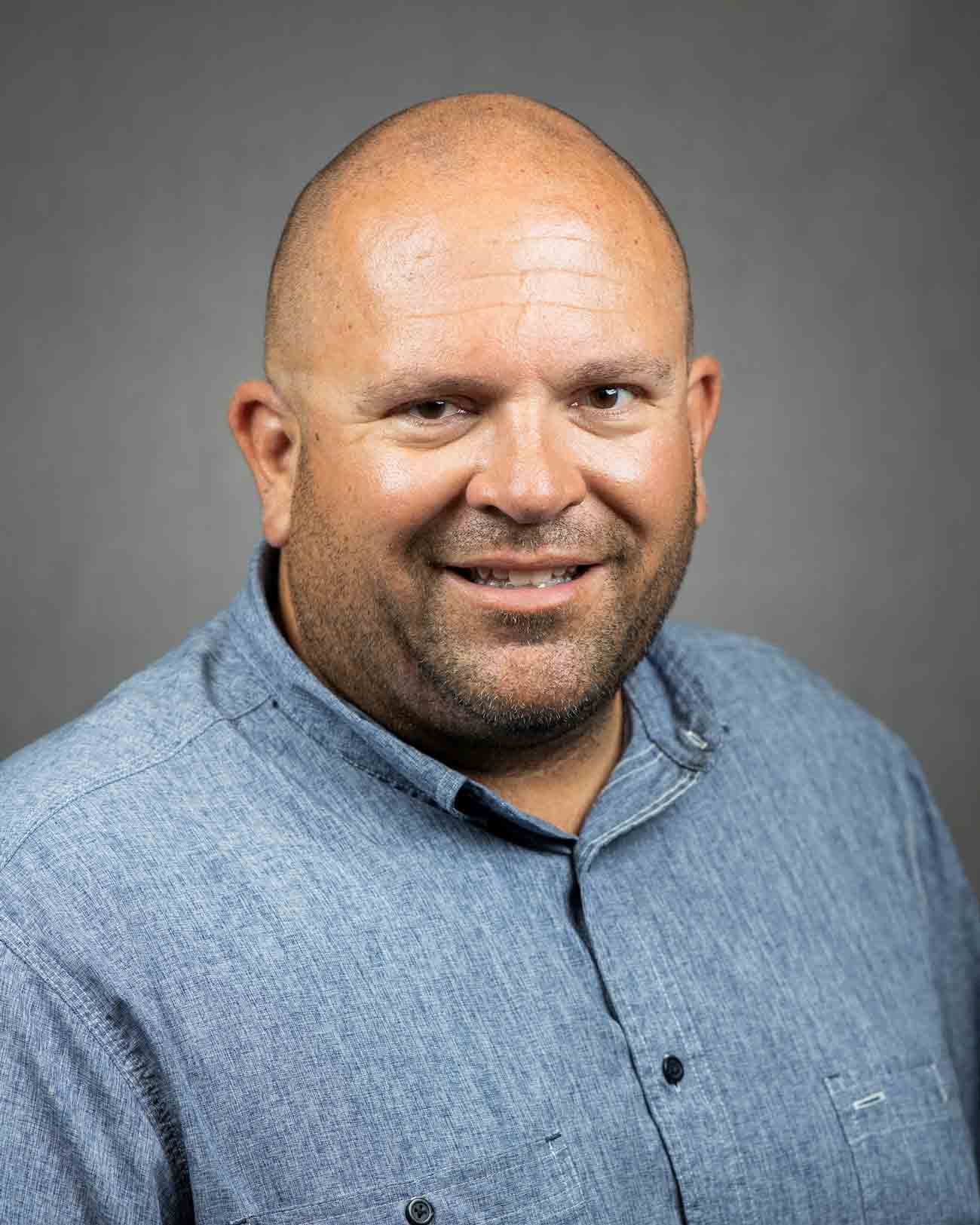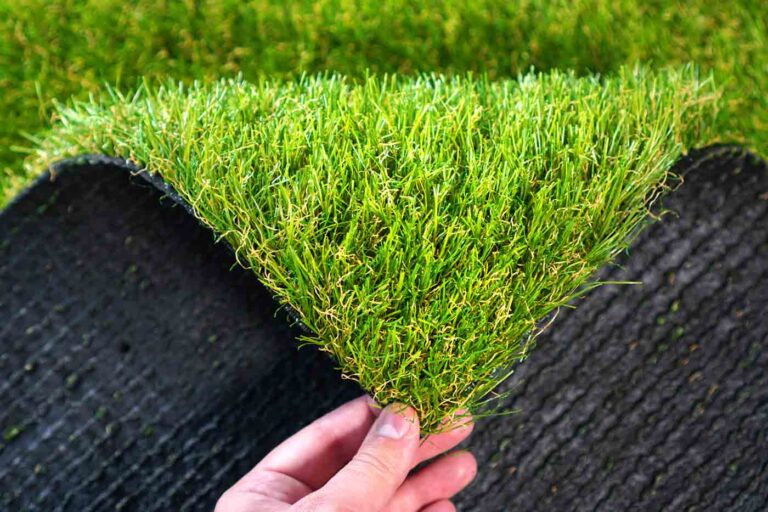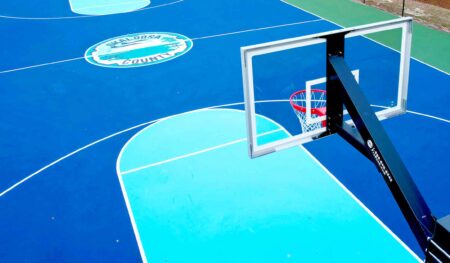NICEVILLE, Fla. — A new Florida law now makes it easier for homeowners in Niceville and across the state to install synthetic turf in some single-family residential yards, but experts say not so fast.
The law limits the ability of local governments to ban plastic turf, and it is already drawing interest from Floridians considering alternatives to grass lawns. But according to turfgrass scientist Jason Kruse with the University of Florida’s Institute of Food and Agricultural Sciences (UF/IFAS), synthetic turf is not a one-size-fits-all solution.
Dr Kruse is the co-author of a newly updated UF/IFAS “Ask IFAS” document comparing synthetic turf and natural turfgrass using Florida-Friendly Landscaping Program principles. He said the growing popularity of artificial lawns is driven by marketing, not long-term environmental research.
“Synthetic turf is becoming more popular, especially in residential areas, where homeowners are seeking alternatives to traditional lawns,” said Kruse.
“But when we look more closely at synthetic turf systems over time, the benefits are often more limited than people expect.”
While synthetic turf may eliminate the need for mowing and fertilizing, it still requires maintenance. Dr Kruse said Niceville homeowners will need to rinse the surface to manage pet waste and dust, occasionally brush the turf, and periodically replace the infill, the granules between the fibers that provide stability and cushioning.
There is also a cost difference.
Installing sod in Florida typically costs between 50 cents and $1.50 per square foot. Synthetic turf often runs from $5 to $15 per square foot, with maintenance costs of 25 cents to $1 per square foot each year.
In comparison, natural turfgrass can be maintained for 10 to 50 cents per square foot annually, depending on inputs like water and fertilizer.
Beyond finances, Kruse warns of environmental trade-offs.
“Surface temperatures on synthetic turf can exceed 160 degrees in full sun,” he said. “That poses risks for both people and pets.”
Synthetic turf can also increase stormwater runoff and reduce water infiltration. Pollutants may be carried away more quickly, especially when rubber infill is used, and the plastic surface does not support insects, pollinators, or soil health.
Most synthetic turf ends up in landfills after 10 to 20 years, as recycling options remain limited.
Still, Dr Kruse acknowledged some advantages. Synthetic turf stays green year-round without irrigation, is made from hypoallergenic materials, and may provide a consistent walking surface for those with mobility issues.
But he emphasized that Florida homeowners, including those in the Panhandle, already have access to climate-adapted grasses that can be maintained with low inputs and offer real ecological benefits.
“Synthetic turf may look like a green alternative,” said Dr Kruse, “but it does not function like a living landscape.”








